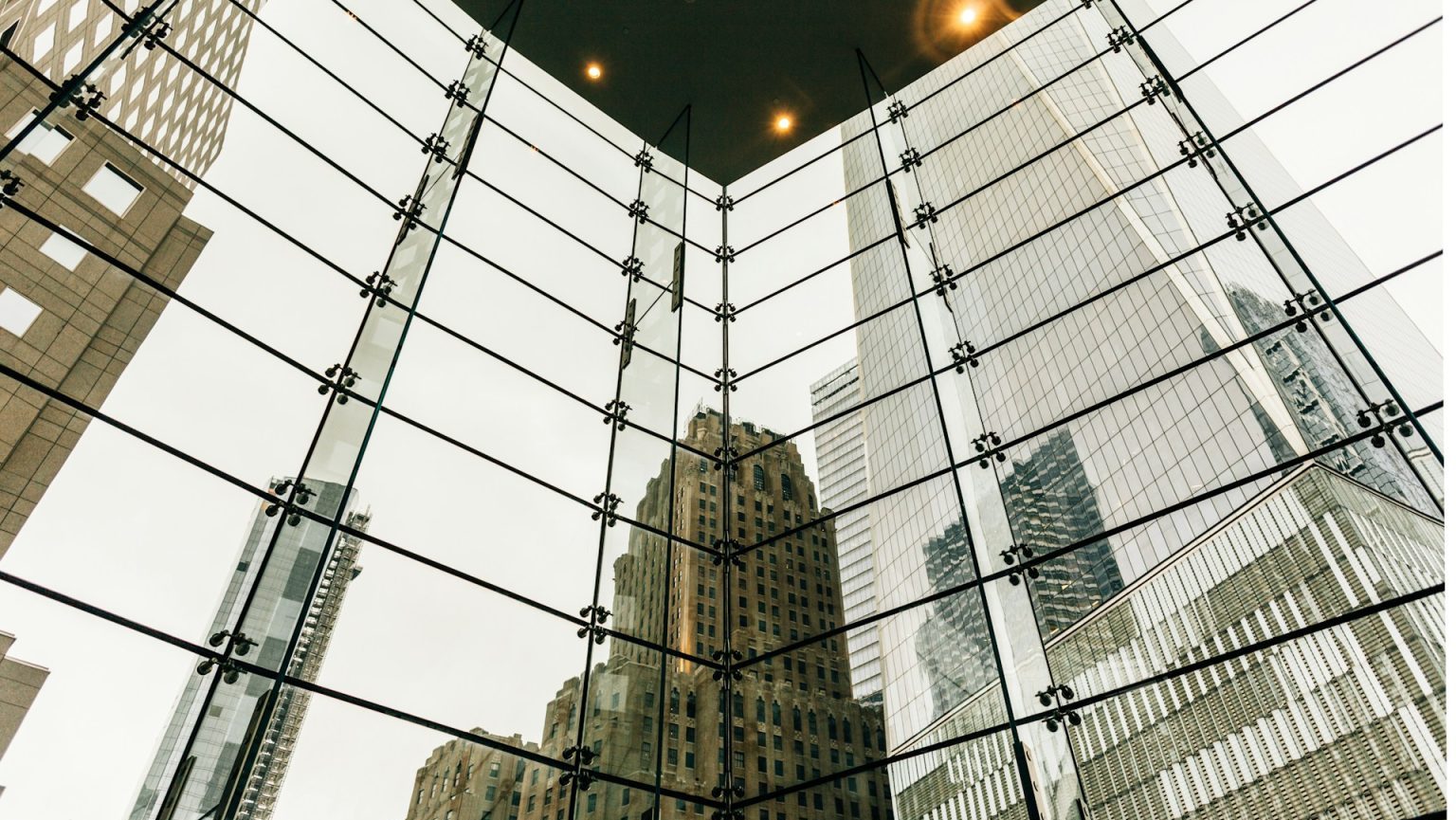Why Carrie Mae Weems Doesn’t Want Your “Black” Art Exhibitions (or Your Women’s Shows Either)

The annual rite of February’s African-American History Month in America feels more and more like a mixed blessing with each passing year. On one hand, setting aside time to learn the story of Jackie Robinson, for example, ensures that the story of the struggle won’t be forgotten. On the other hand, what does designating a specific month for African-American history say about the other months? Can we and should we really compartmentalize history in this way? Similarly, when well-intentioned museums stage group exhibitions for African-American and/or women artists, does the value of making up for past wrongs outweigh the continuation of using such categories? Artist Carrie Mae Weems, subject of the exhibition Carrie Mae Weems: Three Decades of Photography and Video, the first solo retrospective ever of an African-American woman artist at the Solomon R. Guggenheim Museum in New York City, believes that the time for racial- and/or gender-based shows is over. Why Carrie Mae Weems doesn’t want your “black” art exhibitions (or your women’s shows either) may help end the days of such curatorial practices and open up a new way of seeing not just these artists, but difference itself.
The Weems show at the Guggenheim covers a wide range of her work from the past three decades. The majority of the works involve her photography (especially her photographic series), but Weems multimedia works—texts, videos, and audio recordings—supplement and help underline the themes of the photographs, which the show organizes chronologically to better display Weems’ development as much as her consistency. The common thread running through series such as Family Pictures and Stories (1978-1984), Kitchen Table Series (1990), Sea Islands Series (1991-1992), Africa (1993), and Slave Coast (1993) is how community is shaped in the midst of difference. Obviously, Weems as an African-American woman taking photographs of herself and her family or their heritage will depict African-Americans and women and their heritage, but Weems wants “people of color to stand for the human multitudes” rather than purely for a single group. It’s easy to assume that that Weems wants to make a statement about her personal condition, but it can be sometimes hard to take the next step with her to see how her statement is the statement of all outsiders. The next logical (or illogical) step is to see how we’re all “outsiders” in some sense until we stop putting others (and ourselves) into groups.
For example, in Untitled (Woman and daughter with makeup) from the Kitchen Table Series (detail shown above), you see a black woman and her daughter at an everyday table engaging in the everyday act of applying makeup. The image appears within a series that shows the same woman not just interacting with her husband and other daughters, but also appearing alone, playing solitaire in her solitude. The only constant is the kitchen table itself, the place of gathering to eat, to laugh, to love, to argue, and to simply be, whether together or alone. To read Weems work as purely autobiographical is to limit both her and ourselves. To see how she puts the constants of life—the common denominators—front and center is to recognize how divisive identity politics, however well intentioned, can be.
That’s not to say that Weems casts aside a critique of contemporary racism. In From Here I Saw What Happened and I Cried (1995-1996), Weems combines historical photographs of slavery and its 20th century aftereffects with her own text, which points fingers not just as racists, but also at the complicity of the discriminated against with racism. “You became an accomplice,” Weems writes. “You became the joker’s joke & anything but what you were. Ha.” In the video series Constructing History: A Requiem to Mark the Moment (2008), which includes a section titled The Fall: The Assassinations, recognizes how history’s written by the winners, but rewritten by those who resist the inertia of allowing the status quo to continue. One of Weems’ most recent works, the 2012 video titled The Obama Project strikes at the heart of the paradox of Barack Obama election and reelection as President of the United States. As Samuel Barber’s Adagio for Strings plaintively plays in the background, Weems lists all the roles Obama’s played for his friends and foes as Obama’s image morphs into Jesus Christ, Adolf Hitler, and almost everyone in-between. For Weems, Obama’s become an Everyman, but in the most hyperbolic, toxic sense, yet she ultimately chooses the inclusive side, without turning a blind eye to the divisive side, of the debate over who and what our first African-American President is.
“Of course, I’m thrilled,” Weems told The New Yorker’s Andrea K. Scott when asked about the retrospective. “I’m the first African-American woman to have a retrospective at the Guggenheim. Not to sound pretentious, but I should be having a show there. By now, it should be a moot point for a black artist—but it’s not.” After calling for similar large-scale exhibitions of artists such as Lorna Simpson, Mickalene Thomas, and Lyle Ashton Harris, Weems explained that she’s “not as interested in [her] own career as [she is] in moving a kind of cultural diplomacy forward.” When asked in a separate interview with Charmaine Picard essentially what that moving “cultural diplomacy forward” might look like, Weems hoped for “a well-curated show that has the power to break through narrow confines of race in order to bring together really smart artists,” such as “a show with Lorna Simpson and Cindy Sherman, or Carrie Mae Weems, Robert Frank, and Gary Winogrand.” The problem, Weems concludes, is that “African-American artists are still considered outliers, and people don’t really know how to integrate them into broader themes.”
Can we envision a day when stories about a major retrospective of an African-American or women artist lead with the artist’s name and not their race or gender? Will societal norms ever render those accidents of birth “moot,” as Weems hopes, and make such artists seem less like “outliers” on the bell curve of creativity and more like part of the massed-up mean? The Guggenheim’s online description of Carrie Mae Weems: Three Decades of Photography and Video almost purposively resists labels until the very end and does so only then to champion Weems’ “desire for universality.” For those who wish for a “post-racial America” and wonder what it would look like, Carrie Mae Weems: Three Decades of Photography and Video might be the answer.
[Image:Carrie Mae Weems. Untitled (Woman and daughter with makeup) (from Kitchen Table Series) (detail), 1990. Gelatin silver print, 27 1/4 x 27 1/4 inches (69.2 x 69.2 cm). Collection of Eric and Liz Lefkofsky, Promised gift to The Art Institute of Chicago. © Carrie Mae Weems. Photo: © The Art Institute of Chicago.]
[Many thanks to the Solomon R. Guggenheim Museum, New York City, for providing me with the image above and other press materials related to the exhibition Carrie Mae Weems: Three Decades of Photography and Video, which runs through May 14, 2014.]





